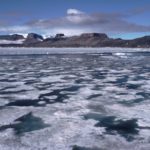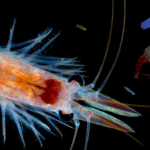Global patterns in endemicity and vulnerability of soil fungi
1 November, 2022 by Kevin Newsham
Fungi are highly diverse organisms, which provide multiple ecosystem services. However, compared with charismatic animals and plants, the distribution patterns and conservation needs of fungi have been little explored. Here…Read more on Global patterns in endemicity and vulnerability of soil fungi

